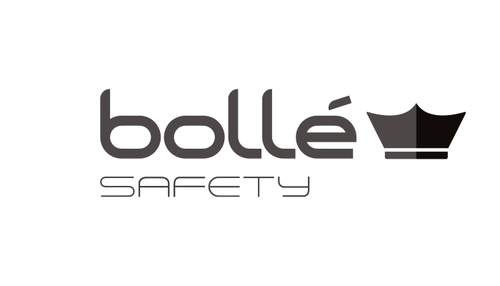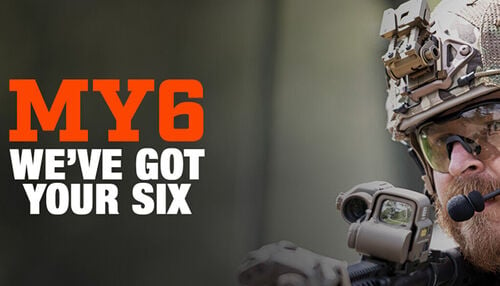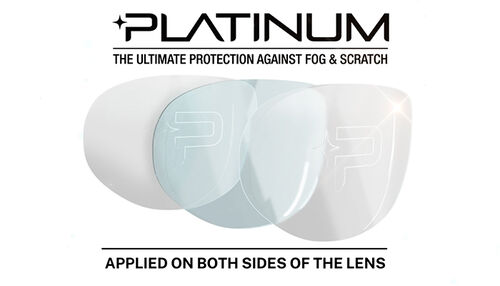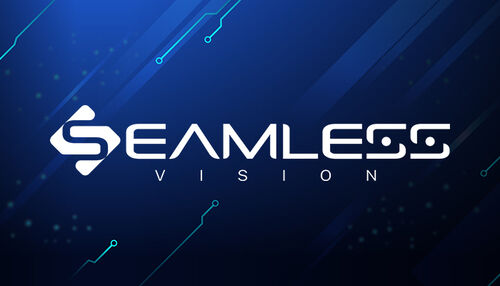EXPERIENCE SAFETY AT YOUR SPECS
For over 40 years we've been focusing on prescription safety eyewear, ensuring perfect protection, better products and ultimate services to fit wearers needs and visions.
OUR PURPOSE
Our journey is driven by a relentless passion to design eyewear that people love to wear, while never losing sight of our ultimate mission: protecting peoples' vision.
Fitting Guide: How to properly put on and remove your goggles
In this video, we'll walk you through the step-by-step process of fitting your goggles for maximum comfort and performance. Learn how to properly put them on and take them off to ensure a secure fit every time!
PLATINUM TECHNOLOGY
The ultimate protection against fog and scratch - 100X more effective than the highest anti-fog standard* !
UNIVERSAL GOGGLES : RISE TO THE CHALLENGE
The universe’s beauty lies in the balance of its diverse elements, each with a clear purpose. UNIVERSAL embodies this harmony with multi-material injections, blending strength, flexibility, and ergonomics in lightweight panoramic eyewear.
SEAMLESS VISION - Accessible to everyone, everywhere
Experience a hassle-free and time-saving virtual workflow with an online ECP assistance, for a convenient eyewear selection process.
- NEWS - Latest Sustainability Report
Bollé Safety unveils the results of its latest sustainability report and announces a strategic partnership with 1% for the Planet
Eco-friendly products TRYON and HUSTLER
Discover our latest Go Green product campaign, where sustainability meets innovation. Explore eco-friendly solutions designed to reduce your carbon footprint while delivering the quality and performance you expect.
No-Height Progressive
No-height progressive lenses are innovative free-form progressive lenses that offer a maximum optical performance and an optimal visual comfort without requiring specific fitting height measurements.
- NEWS - Hustler & Tryon, our eco-friendly products
These glasses offer optimal protection for users working in the industrial sector, both indoors and outdoors. The HUSTLER and TRYON models are equipped with PLATINUM LITE and PLATINUM coatings, respectively, ensuring protected against scratches and fogging.
135 Years of Heritage and Expertise
Join us on a journey through the milestones that have shaped our story!
- NEWS - SEAMLESS Vision, online prescription safety glasses
Bollé Safety launches SEAMLESS Vision, an innovative online ordering service for prescription safety glasses, making prescription eyewear accessible everywhere to all professionals.
- NEWS - Bollé Safety is now a certified B Corporation
B Corp is a label created by B Lab™, a network with an ambition to transform the global economy for the benefit of individuals, communities and the planet.
B Corp & Bollé Safety
We are proud to be a B Corporation ! This label sanctions the maturity of our ESG program, but this is only a step of the way.
Go Green journey interviews
In a world where every action counts, where every choice shapes tomorrow, together, is our plan for the future. At the forefront of this movement, we are committed to champion environmental stewardship, social responsibility and sound governance practices.
PROBLU - BLUE LIGHT FILTERING TECHNOLOGY
Designed to make screentime more comfortable, while providing you with optimal vision in any environments.
- NEWS - The UNIVERSAL model wins the Red Dot Design award
The iconic UNIVERSAL model has been awarded the prestigious international product design award.
Go Green Journey - Eco Friendly practices
What's our plan for future? To implement eco-friendly practices through low environmental impact products. We measure our carbon footprint, act on our products and services, and transform our industry by meeting our sustainability goals.
- NEWS - SWIFT, an eco-friendly range for the industrial sector
Designed to meet essential safety standards, SWIFT is an economical range of protective eyewear and over-glasses that combines design, comfort, and durability.
15 interesting facts about the human eye
Vision is so fundamental to the human experience that sometimes we take our eyes for granted. The human eye is a highly complex organ that provides us with the ability to experience the world in ways that our other senses cannot. Even though we use our eyes during the majority of our waking hours, there are a number of fun and interesting things you may not have realised about your eyes and how they function.
5 industries where eye protection is a priority
Our eyes are one of our most important organs but also one of our most fragile. Sight is arguably our most important sensory process, critical to navigating our modern lifestyles. We rely on sight when we walk and drive, when we read and write, and when we work and play.
COVID-19 eye protection for busy and dedicated healthcare workers
Working in a healthcare environment can be stressful, tiring, and at times, dangerous. Every day at work, healthcare workers’ (HCWs’) eyes are at risk of being exposed to infectious droplets, like COVID-19, harmful chemicals, bodily fluids, and splashes. All this might lead to Eye injuries and irritations.
Innovative PPE solutions for protecting your eyes from the COVID-19 virus
The COVID-19 pandemic has had devastating humanitarian, social, and economic impacts globally and we are still learning about how the virus interacts with our bodies.































